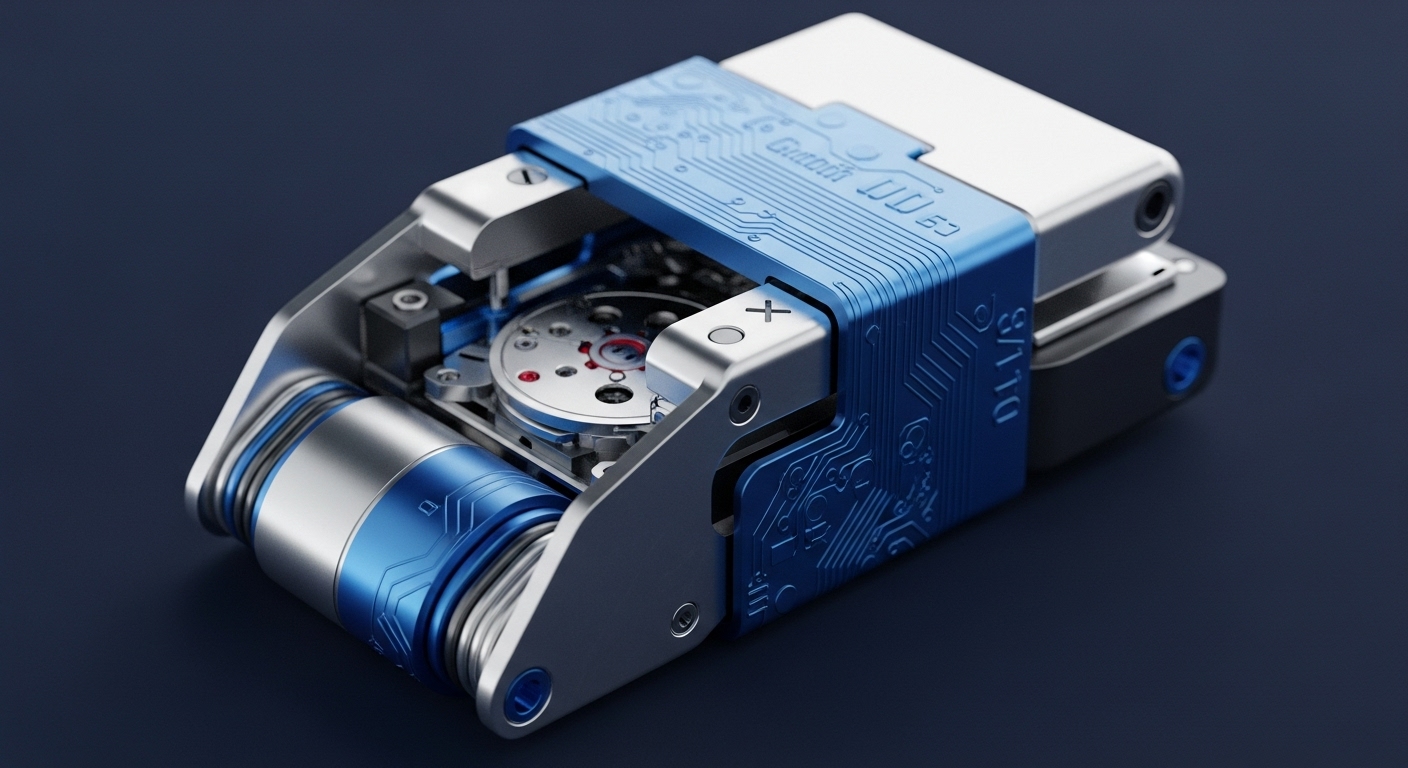
Briefing
MetaMask, the industry’s dominant wallet, has launched Multi-Chain Accounts, a core infrastructure upgrade that fundamentally streamlines the fragmented Web3 user experience. This product development allows users to manage assets across both EVM and non-EVM ecosystems ∞ including Solana, Bitcoin, and Tron ∞ from a single interface, immediately dissolving the friction of siloed asset management. The primary consequence is the acceleration of cross-chain capital flow and a significant boost to user retention across the application layer. The strategic goal of this initiative is to accelerate cross-chain interaction, reducing the ecosystem fragmentation that has historically hindered mass adoption.

Context
The dApp landscape has long suffered from severe user experience friction rooted in ecosystem fragmentation. Users were previously forced to manage separate wallets, seed phrases, and interfaces to interact with assets on EVM chains and major non-EVM chains. This siloed architecture created significant complexity, increased the risk of errors, and acted as a substantial barrier to mass adoption, particularly for new users attempting to navigate the diverse landscape of decentralized finance and digital ownership. The lack of a unified asset management hub was a critical product gap limiting the potential for true interoperability.

Analysis
The Multi-Chain Account feature alters the core system of digital ownership by introducing an omni-chain account primitive at the wallet layer. This is a strategic move to capture the full user journey, shifting the wallet’s function from a chain-specific key manager to a universal asset aggregator. For the end-user, the chain of cause and effect is direct ∞ reduced cognitive load leads to higher engagement and greater willingness to explore dApps across different networks.
For competing protocols, this sets a new, elevated standard for wallet-level interoperability, forcing competitors to rapidly integrate non-EVM support or risk losing market share as the user base consolidates around a single, superior interface. The move leverages the wallet’s network effect to become the default gateway for all decentralized ecosystems, fostering innovation in dApp development by providing a more unified user base.

Parameters
- Ecosystem Reach ∞ Initial support for non-EVM chains including Solana, Bitcoin, and Tron.
- Strategic Goal ∞ Accelerate cross-chain interaction and reduce ecosystem fragmentation.
- Launch Timeline ∞ Full rollout of the multi-chain functionality is scheduled for the end of October 2025.

Outlook
This product launch establishes a foundational primitive for true omni-chain dApps. The next phase of the roadmap will likely focus on deeper integration with non-EVM dApps, allowing for direct transaction signing and smart contract interaction, not just asset viewing. Competitors, particularly other browser extension wallets, will be compelled to rapidly replicate this feature to maintain parity, driving an overall improvement in the wallet sector’s user experience. This unified account primitive could become a new building block, enabling developers to abstract away the underlying chain entirely and build applications that assume universal asset access.

Verdict
The introduction of a unified, multi-chain account primitive by the dominant wallet is the most significant user experience upgrade of the year, structurally accelerating Web3’s transition toward an interoperable, omni-chain application layer.
